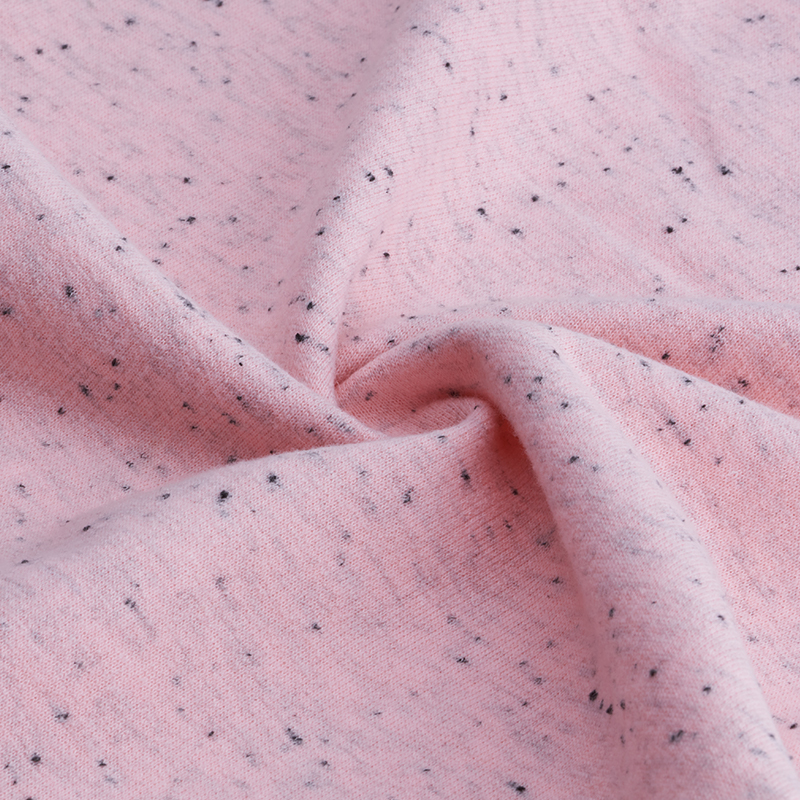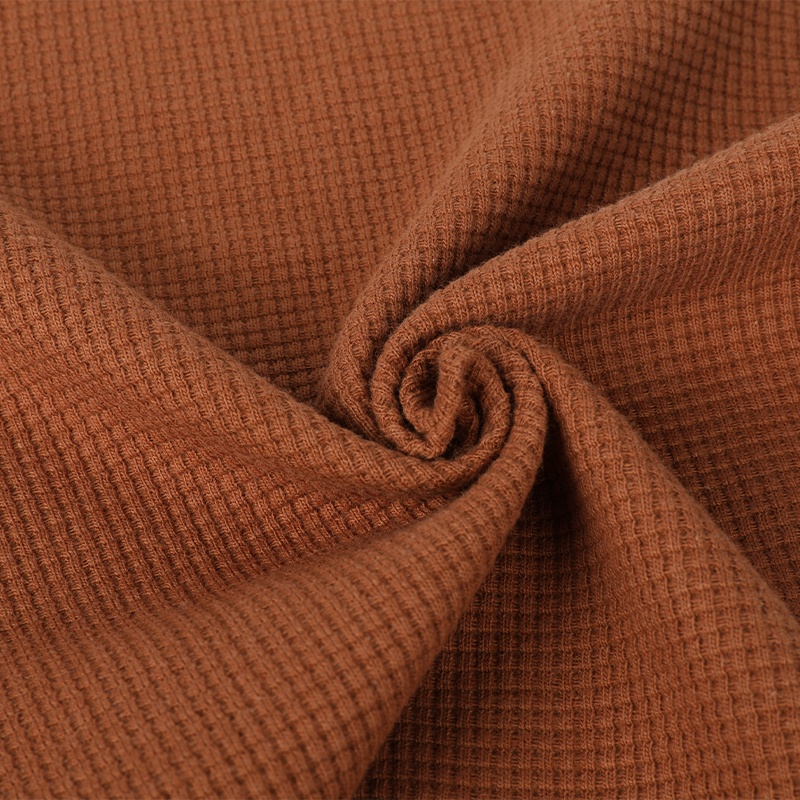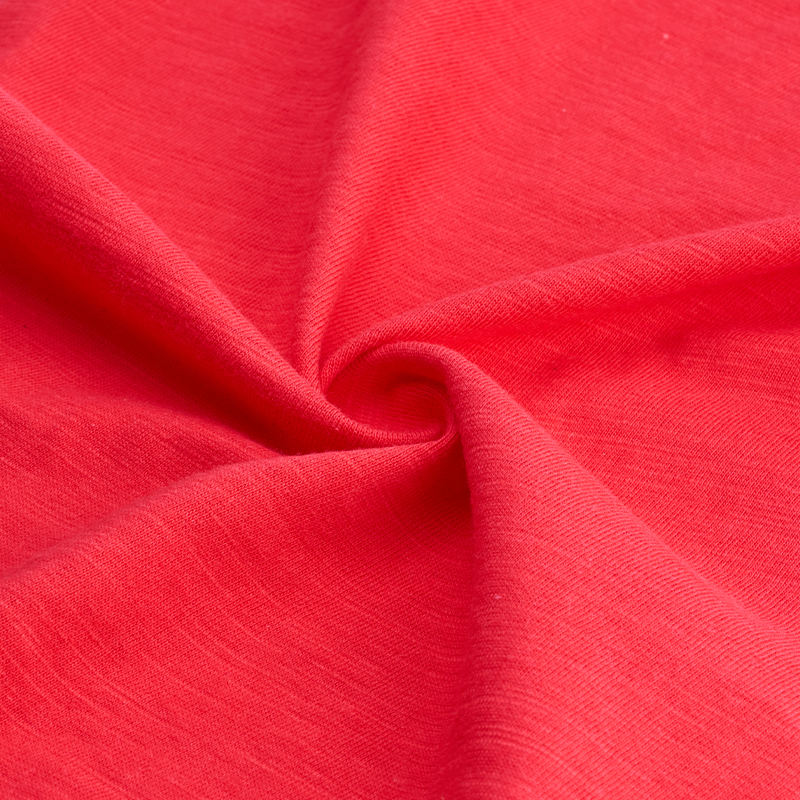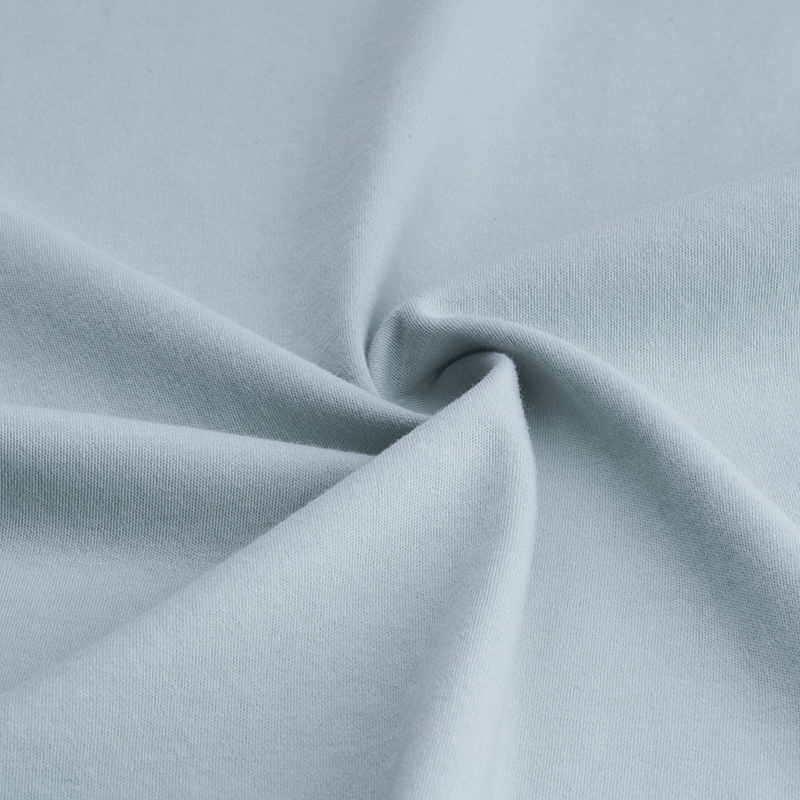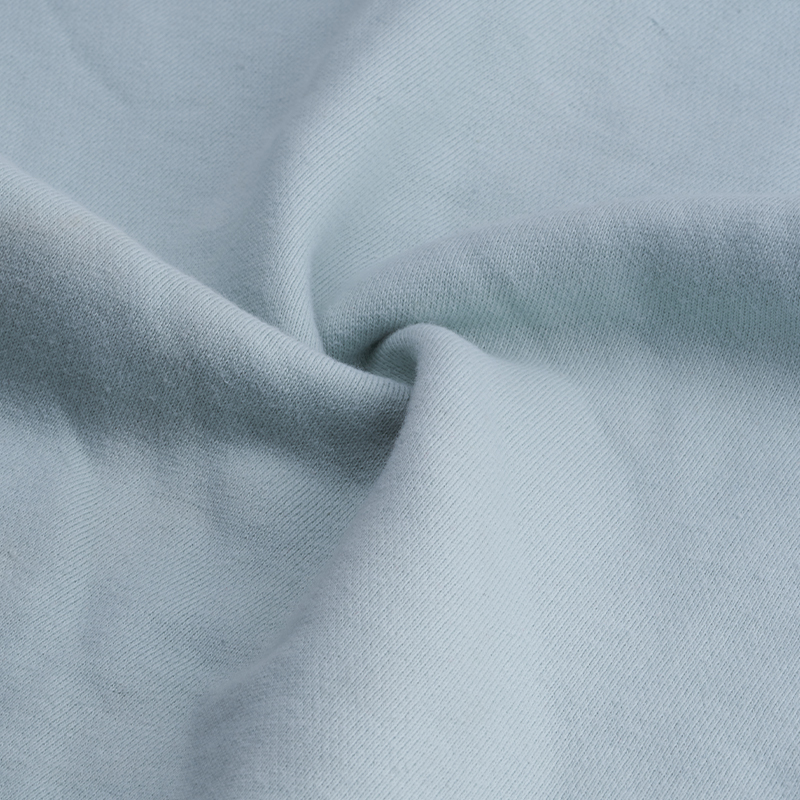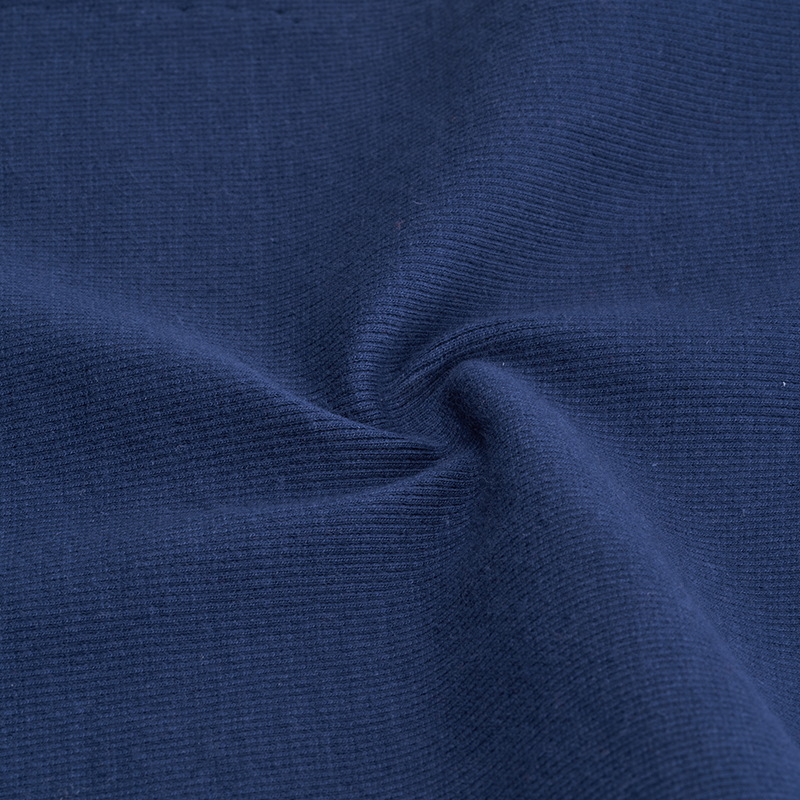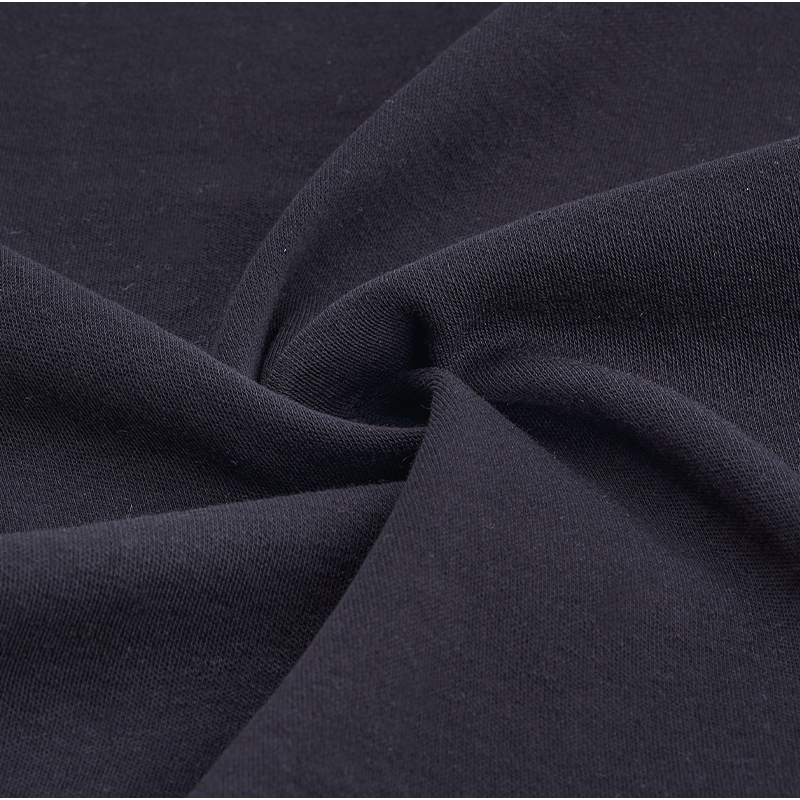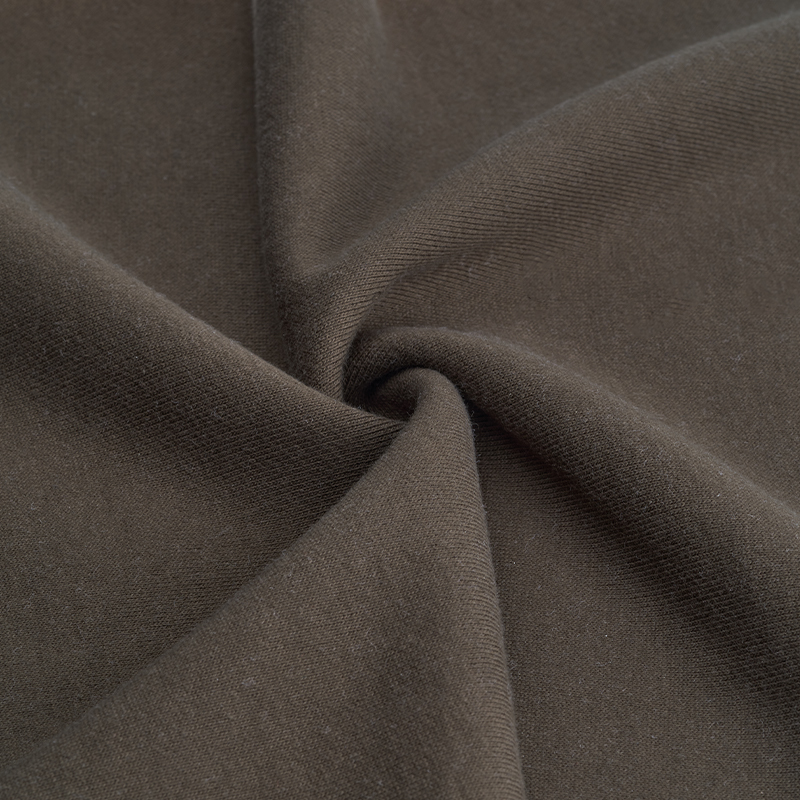The textile industry continually evolves with innovative fabrics, and Hacci fabric has emerged as a contender for outerwear manufacturing. Characterized by its distinct knit structure and versatile properties, this material prompts a critical question: Is Hacci fabric suitable for crafting high-quality coats and overcoats?
Material Composition and Key Properties
Hacci fabric is primarily composed of polyester or polyester blends, with variations including 100% polyester or mixes like 92% polyester/8% rayon. Its defining features include:
Weight and Warmth: Available in weights ranging from 210 GSM to 480 GSM, heavier variants (e.g., 410–480 GSM) offer substantial insulation, making them ideal for winter coats.
Breathability and Moisture Management: The loose knitting or terry structure allows airflow while wicking moisture—critical for maintaining comfort in layered outerwear.
Durability: High-density polyester fibers resist pilling, shrinking, and wrinkles, ensuring longevity even with frequent use.
Softness and Drape: The brushed surface provides a plush hand feel, enhancing wearer comfort and enabling elegant drape in tailored designs.
Why Hacci Suits Outerwear Applications
Thermal Efficiency: Heavier Hacci fabrics (410+ GSM) deliver exceptional warmth comparable to wool blends but with greater affordability and easier care. This positions it as a practical alternative for budget-conscious yet quality-driven brands.
Design Flexibility: Hacci’s customizable width (e.g., 61/63" or 150 cm) accommodates diverse pattern layouts, minimizing waste during mass production. Its compatibility with dyes and prints also allows for seasonal color trends.
Functional Performance: Blends incorporating rayon or spandex enhance elasticity and moisture-wicking capabilities—beneficial for activewear-inspired coats. Anti-static properties in some variants further improve usability in dry climates.
Ease of Production: As a stock-available fabric, Hacci reduces lead times for manufacturers. Suppliers like Changshu Dongying Textile offer rapid sampling and bulk delivery, streamlining supply chains.
Limitations to Consider
Climate Suitability: Lighter Hacci (210–300 GSM) may lack sufficient insulation for extreme cold, making it better suited for autumn or indoor layering pieces.
Aesthetic Constraints: While soft, Hacci’s texture leans casual. For formal overcoats, denser weaves or wool blends might better achieve a structured silhouette.
Industry Verdict
Hacci fabric presents a compelling option for mid-to-heavyweight outerwear, balancing cost, comfort, and durability. Its adaptability across genders and ages—from children’s parkas to adult overcoats—underscores its versatility. However, designers must align GSM and composition with target climates:
>400 GSM: Recommended for winter coats in sub-zero regions.
210–350 GSM: Ideal for transitional seasons or indoor-centric designs.
Hacci fabric’s technical merits—particularly its thermal regulation, durability, and customization potential—solidify its role in contemporary outerwear manufacturing. While not a universal replacement for traditional materials like wool, it offers a viable, cost-effective solution for brands prioritizing performance and speed-to-market. As innovation continues, Hacci’s evolution will likely further cement its place in the outerwear landscape.

 English
English